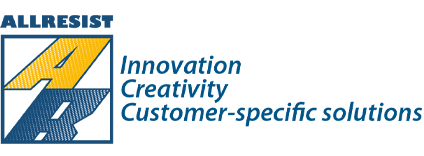8. What is the function of the softbake of photoresist films after the coating?
Just recently coated resist films still contain a substantial amount of residual solvent, depending on the respective film thickness. The subsequent bake step at 90 – 100 °C is performed in order to dry the resist films,
